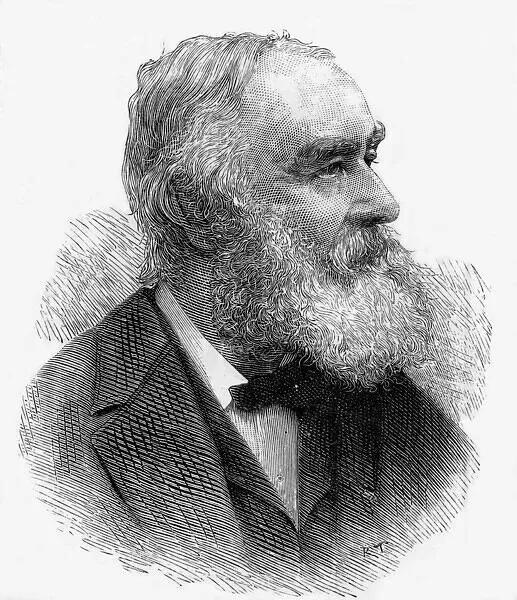
Chapter III
John Ball is the author of “Notes of a Naturalist in South America.” John Ball represents a European and scientific point of view for his trip through Latin America. Ball was a naturalist; he was interested in the biological makeup of the countries he visited, but he also provided personal testimonies of his experiences. Ball’s book is written from a five-month excursion, where he visited many Latin American countries, most intensely, Peru and Chile. The book was written in 1882 and published in 1887, just two years before John Ball died. This time period is also close to the end of the War of the Pacific (Between Peru, Chile, and Bolivia).
Ball traveled around South America and documented his experiences and scientific geological/biological observations. For example, Ball illustrates a time when he visited Arica, Chile. He describes Arica as a “little town” which appears to have been repeatedly berated by “earthquake waves” or tsunamis (Ball 1887, 122). He observes that Arica specifically is more damaged by these waves than other coastal towns. John Ball then goes on to critique the villagers who have rebuilt their town despite repeated devastation. His critique borders on belittling and patronizing as he talks of the people not being “taught” that they should move their houses further from the shore (Ball 1887, 122). This experience represents his scientific observation of the landscape and his recounting of life in South America. He later in the book contrasts his critique of locals when he praises an elderly man of Spanish descent, providing insight to his point of view as a European praising other Europeans.
John Balls’ visit to Arica and his further analysis of the “earthquake waves” links to Chile’s history with earthquakes and tsunamis (Ball 1887, 122). Ball’s book came out in 1887, 19 years after Arica had experienced a 9.0 magnitude earthquake (Wiki). Under one hundred years later, the largest recorded earthquake was recorded in Chile in 1960 as 9.5 magnitude resulting in a devastating tsunami. Chile has a long history of earthquakes and subsequent tsunamis. The earthquakes that often rock Chile have global impacts, with Chilean earthquakes and tsunamis being felt in Japan, Hawaii and even New Zealand (NOAA). John Ball’s book on South America revealed much about foreign perceptions of Latin America. His account of visiting Arica demonstrates his book’s balance between naturalist observation and subjective opinions, as he investigates the natural occurrences and questions Aricas proclivity for tsunamis but also forming opinions as to how locals should build their homes and live their life. Despite authoring a book on South America, Ball often reveals that he felt no need to explore towns that his travels led him to because he felt they were not interesting enough. This short-lived trip, in addition to not feeling the need to explore new locations would imply there is not enough information to write a travelogue – however Ball produced a nearly 500-page book documenting his observations and opinions of life in South America.
Sources:
Ball, John. 1887. NOTES OF A NATURALIST IN SOUTH AMERICA. London: KEGAN PAUL, TRENCH & CO. https://archive.org/details/notesofnaturalis00ball/page/n10/mode/1up?view=theater.
“Wikiwand – 1868 Arica Earthquake,” Wikiwand, n.d., https://www.wikiwand.com/en/1868_Arica_earthquake.
“Tsunami Historical Series: Chile – 1960 – Science On a Sphere,” Science on a Sphere, June 1, 2016, https://sos.noaa.gov/catalog/datasets/tsunami-historical-series-chile-1960/#:~:text=On%20May%2022%2C%201960%2C%20at%203%3A11%20pm%20%2819%3A11,only%20impacted%20the%20coastlines%20around%20the%20Pacific%20Ocean
Image:
John Ball (1818 – 1889); Botanist and Alpine explorer and Fellow of the Royal Society. Date: circa 1880 https://www.mediastorehouse.com/mary-evans-prints-online/john-ball-14296819.html?nochkip=1&pid=7046
